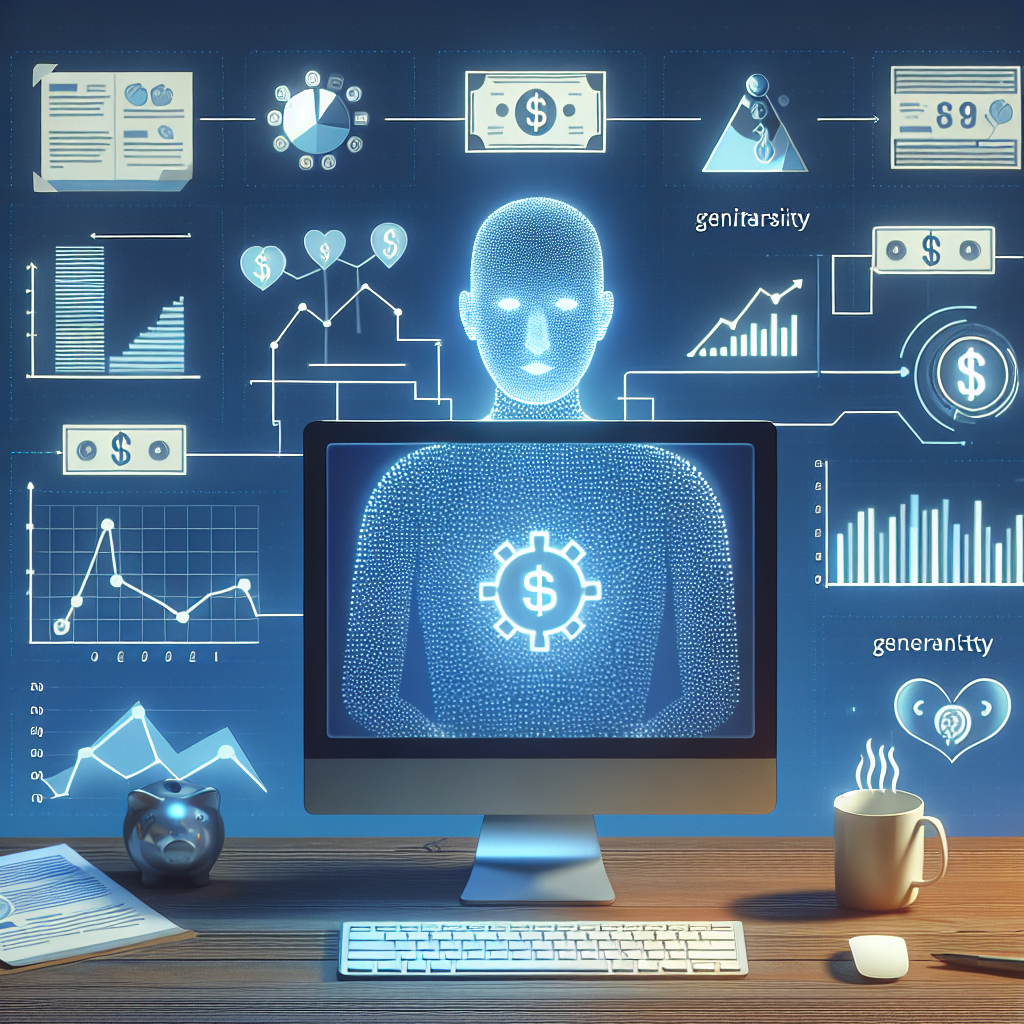Philanthropy is a cornerstone of society, as it involves individuals and organizations donating time, resources, and money to help those in need. With the rise of technology, specifically artificial intelligence (AI), philanthropic organizations are leveraging data-driven decision-making to maximize the impact of their efforts. By harnessing the power of AI, philanthropists can make more informed decisions, identify opportunities for innovation, and ultimately make a greater difference in the world.
What is AI and How is it Used in Philanthropy?
AI is the simulation of human intelligence processes by machines, especially computer systems. It encompasses a range of technologies, including machine learning, natural language processing, and robotics. In philanthropy, AI is being used to analyze vast amounts of data to identify trends, predict outcomes, and optimize strategies for giving.
One of the key ways AI is being used in philanthropy is through predictive analytics. By analyzing past giving patterns, demographics, and social trends, AI algorithms can predict which communities are most in need of assistance and where donations are likely to have the greatest impact. This allows philanthropists to allocate their resources more effectively and efficiently.
AI is also being used to personalize donor experiences. By analyzing donor behavior and preferences, organizations can tailor their communications and fundraising strategies to better resonate with their audience. This leads to increased engagement, loyalty, and ultimately, more donations.
Furthermore, AI is helping philanthropic organizations streamline their operations and reduce costs. By automating tasks such as data entry, donor segmentation, and campaign management, AI frees up staff to focus on more strategic initiatives. This not only improves efficiency but also allows organizations to scale their impact.
Overall, AI is revolutionizing the way philanthropy is conducted. By leveraging data-driven decision-making, organizations can make smarter choices, reach more people in need, and ultimately make a greater impact on society.
Challenges and Opportunities of Leveraging AI in Philanthropy
While AI presents numerous opportunities for philanthropy, it also comes with its own set of challenges. One of the main concerns is the ethical implications of using AI in decision-making. For example, there is a risk of bias in AI algorithms, as they may perpetuate existing inequalities or exclude certain groups from receiving aid. Organizations must therefore be vigilant in monitoring and mitigating bias in their AI systems.
Another challenge is the potential for data breaches and privacy violations. Philanthropic organizations collect sensitive information from donors and beneficiaries, and it is crucial that this data is protected from cyber threats. Organizations must invest in robust security measures and compliance protocols to safeguard their data and maintain trust with their stakeholders.
Despite these challenges, the opportunities presented by AI in philanthropy are immense. By harnessing the power of AI, organizations can gain deeper insights into their operations and impact, improve the efficiency of their processes, and ultimately make a greater difference in the world. AI enables organizations to be more proactive, innovative, and responsive to the needs of their beneficiaries, leading to more effective and sustainable solutions.
FAQs
Q: How can philanthropic organizations ensure the ethical use of AI in decision-making?
A: Philanthropic organizations can ensure the ethical use of AI by incorporating diversity and inclusion in their data collection and analysis processes, regularly auditing their algorithms for bias, and being transparent with stakeholders about how AI is being used.
Q: What are some examples of AI applications in philanthropy?
A: Some examples of AI applications in philanthropy include predictive analytics for targeting donations, personalized donor engagement strategies, and automated data processing for operational efficiency.
Q: How can philanthropic organizations protect donor and beneficiary data when using AI?
A: Philanthropic organizations can protect donor and beneficiary data by implementing robust cybersecurity measures, encrypting sensitive information, and complying with data protection regulations such as GDPR.
Q: How can AI help philanthropic organizations maximize their impact?
A: AI can help philanthropic organizations maximize their impact by providing insights into donor behavior and preferences, identifying areas of need, optimizing fundraising strategies, and improving operational efficiency.
In conclusion, leveraging AI for data-driven decision-making in philanthropy has the potential to transform the way organizations give back to society. By harnessing the power of AI, organizations can make more informed decisions, reach more people in need, and ultimately make a greater impact on the world. While there are challenges associated with using AI, the opportunities presented are immense, and philanthropic organizations that embrace AI are poised to lead the way in creating positive change.

